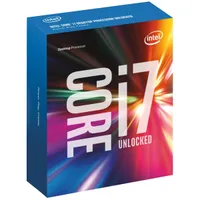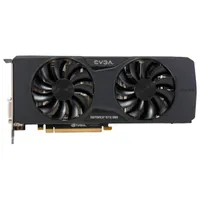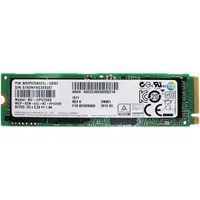Hands-On With Nvidia's Titan X (Pascal) In SLI
News
By
Filippo L. Scognamiglio Pasini
published
We test VR, SLI, Nvidia's new high-bandwidth bridges, and the concern that HBM2 might have been a better choice for Titan X.
Test System
It would have been great to compare two Maxwell-based Titan X cards to the newer Titan Xes for a generational comparison. Alas, I don’t have two of the older cards on-hand. I did, however, have a couple of EVGA GeForce GTX 980 SCs in SLI.
It goes without saying that the performance jump from 980s to a pair of Titan X cards in SLI is significant in synthetic benchmarks (a full +101.6% in 3DMark Fire Strike’s Graphics Test 2). My remaining tests focus on scaling, overclocking, and other performance characteristics of the Titan X (Pascal).
Stay On the Cutting Edge: Get the Tom's Hardware Newsletter
Get Tom's Hardware's best news and in-depth reviews, straight to your inbox.





